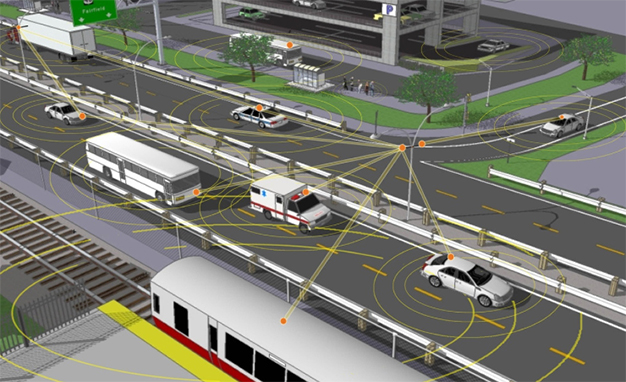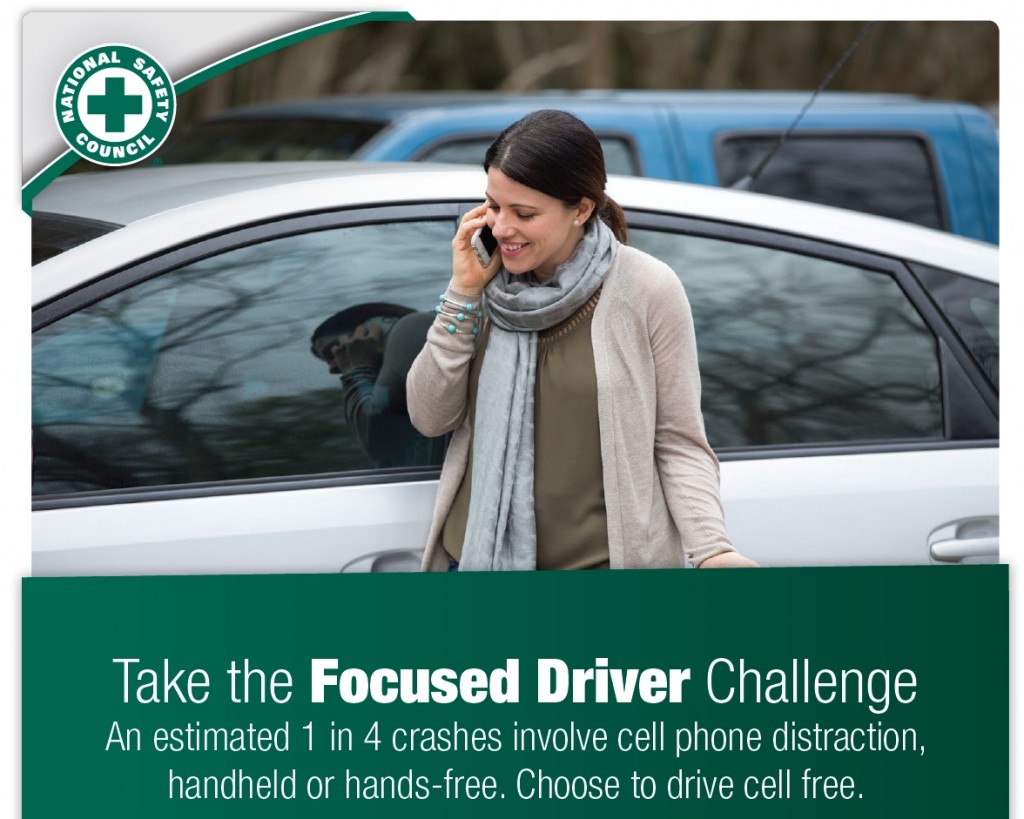The honeymoon’s over with your “new” car when it’s original tires start showing serious wear and you need to worry about replacing them. Where the rubber meets the road is a famous expression for a reason…so you know that getting new tires is a serious task. But where should you get them? There’s really just 5 basic choices:
- Car Dealer – where you actually bought the car from in the first place
- National Chain Tire Store
- Online Tire Retailer
- Big Box Chain Retailer like Costco or Walmart
- Independent Local Tire Dealer or your Local Mechanic
Getting some unbiased, objective advice…even professionally done research is always a good idea. Consumer Reports is a famous place for getting exactly that. Here are some tips to help you weed through the 5 types of tire sellers…and about 10 of the most well known manufacturers to guide you through the process of making a good choice.
Some may feel safe with the idea that sticking with the exact same tire that came with the new car as purchased from the dealer. But often, switching to a different tire brand can be a wise choice. It’s a whole subject worth discussing separately, so stay tuned!



